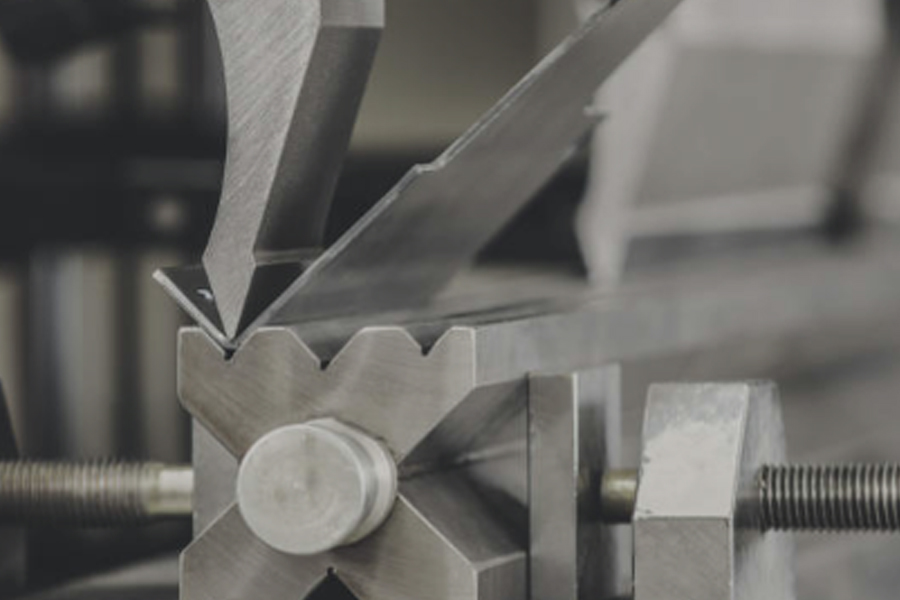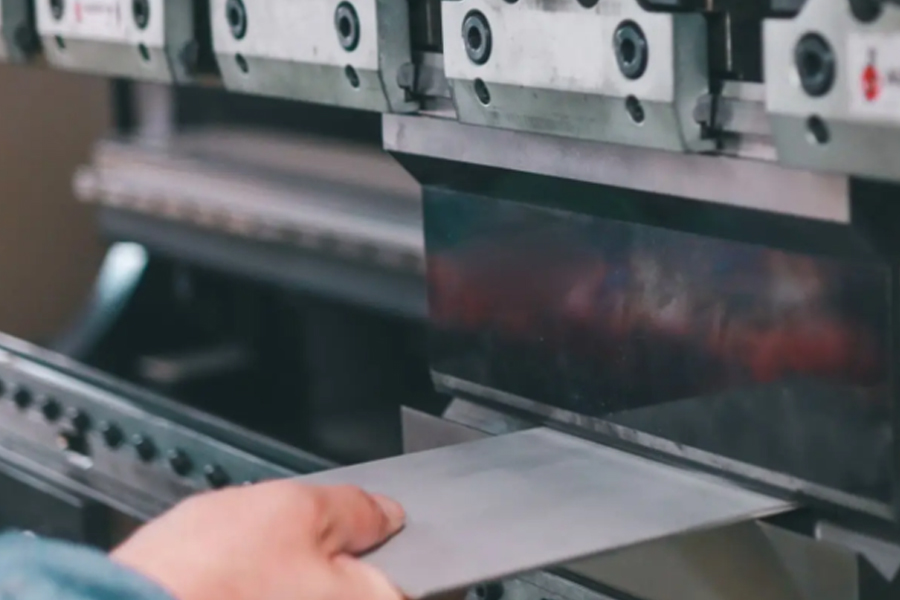
Improving the bending accuracy of thin metal sheets: professional tips revealed
Release time:2024-12-10 Click:107Product quality in the area of metal processing is strongly influenced by metal sheet bending precision. High-precision bending guarantees the exact assembly of components and the steady performance of the whole performance in sectors like aerospace, automotive, or electronic equipment industries. These are some expert pointers to raise metal sheet bending accuracy.
The secret is first correct mold design. Customizing the mold's form, size, and surface roughness depends on the material, metal sheet thickness, and bending needs. For thinner stainless steel sheets, for instance, the surface should be smoother and the mold's edge should be sharper to minimize sheet squeezing and scratching during the bending process, thereby preventing wrinkles or fractures and guaranteeing the bending angle's correctness. Simultaneous management of the mold gap should be highly sought for. Should the gap be too great, the sheet can distort at the bend in unequal fashion. Should the space be too tiny, it will cause more friction, influence the bending effect, and potentially compromise the sheet and the mold.

One should not discount material preparation. The metal sheet should be stressed free before bending. When metal sheets are rolled, transported, stored, or used, they may develop internal tension that readily results in deformation when bent. By means of suitable heat treatment or mechanical stretching, internal tension may be efficiently removed, therefore rendering the sheet more stable when bent. Furthermore crucial is making sure the sheet's surface is level and free from defects. Any contaminants, oil marks or unevenness might compromise the bending process and influence the precision.
Furthermore crucial is selecting the appropriate bending tool. Pressure control systems and very precise positioning systems abound in advanced CNC bending machines. The bending position of the sheet may be precisely controlled by the positioning system, hence the inaccuracy can be limited within a rather short range. To prevent bending accuracy issues resulting from either too or too low pressure, the pressure control system may automatically modify the bending pressure depending on the material and thickness of the sheet. Certain high-end tools additionally have a real-time monitoring system that can track sheet deformation during bending and modify settings in time to guarantee bending accuracy's stability.
Additionally very important for the bending precision are the operator's knowledge and abilities. Skilled operators may appropriately configure machine settings, like bending speed and angle, according on the features and bending criteria of the thin plate. They can see the thin plate's deformation very well throughout the bending operation and quickly identify and handle anomalies. For instance, efforts may be done fast to fix a little offset in a thin plate so as to prevent mistake building. Simultaneously, operators may flexibly modify the operating techniques depending on real circumstances and have a strong awareness of the bending properties of thin plates of varied materials and thicknesses.

Furthermore enhancing precision in the bending process is the employment of suitable auxiliary instruments and techniques. Using positioning fittings, for instance, guarantees that the thin plate will not move and will be kept in place throughout the bending process. First pre-bending, then progressively changing the angle, a step-by- step bending technique may be employed for various complicated forms of bending so that the bending precision may be better managed. Furthermore, applying suitable lubricants at the bend helps to lower the friction between the thin plate and the mold, thus smoothing out the bending process and so enhancing accuracy.
At last, bending precision depends much on thorough quality control. Comprehensive checks on the bent sheets, including bending angles, dimensional correctness, surface flatness, etc., using high-precision measuring instruments like three-coordinate measuring machines, will help you Analyze the reason in time and make changes or revisions whenever the accuracy is discovered to be below ideal. Examining the test results helps you to also synthesize experience and maximize the bending process and settings.
Enhancing the bending accuracy of metal sheets calls for thorough thought and related actions from many angles, including mold design, material pretreatment, equipment choice, staff operation, auxiliary tool usage, and quality control. Only in this manner can high-precision bending be attained in the process of metal sheet processing, satisfy the need of contemporary manufacturing for high-quality components, and support technical growth and development in associated sectors.